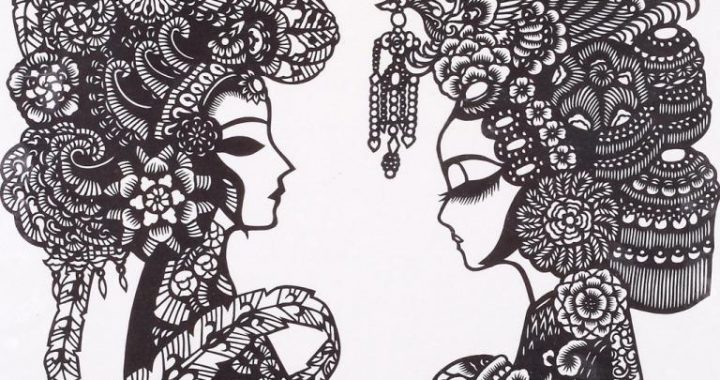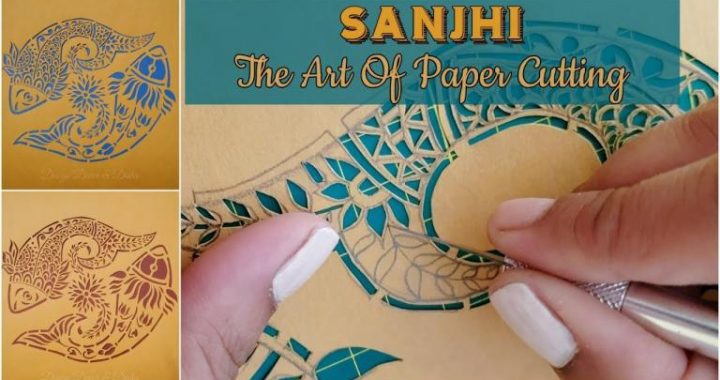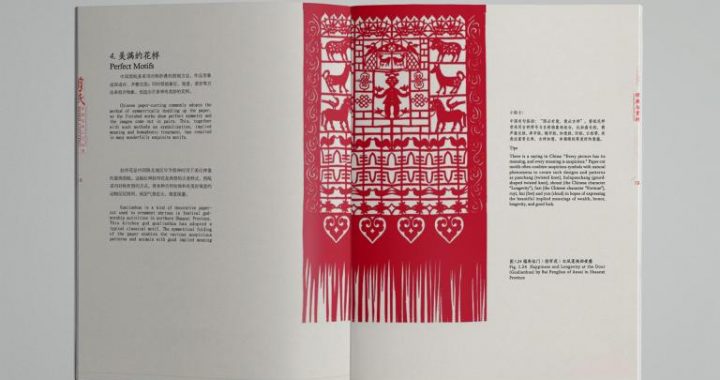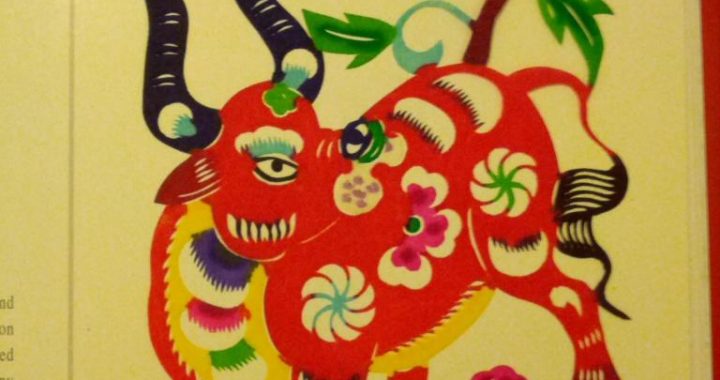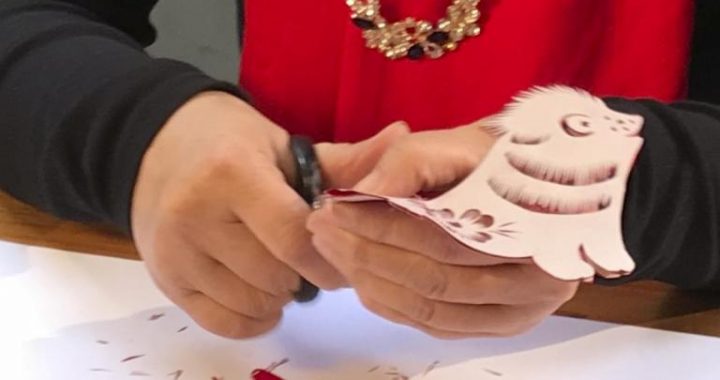Periods of Song, Liao and Kin
10 min readPorcelain production continued to boom during the Song Dynasty (960-1279), which put an end to the situation of division and turmoil in the period of Five Dynasties and Ten States, and thus created favorable conditions for the development of handicraft industry.ceramics specially for royal use. Five celebrated kilns –Ding, Guan, Ge, Ru and Jun became well-known for the production of fine imperial porcelain, leading to a peak of China’s porcelain making Already in production when the Song emperors came to power in 960, the Ding Kiln located in present Quyang County of Hebei fired .the finest porcelain in northern China at that time, and its white porcelain became the first to enter the palace for royal use.
The Guan (literally meaning “official”) Kiln was originally located in the Northern Song(960-1127) capital of Bianjing (present Kaifeng in Henan), and was later moved to the Southern Song (1127-1279) capital of Lin’an (present Hangzhou in Zhejiang as the imperial court fled to the south from advancing Kin troops. The site of the Ge Kiln was allegedly in today’s’ Longquan City of Zhejiang. Both kilns were famous for their blue glazed porcelain.
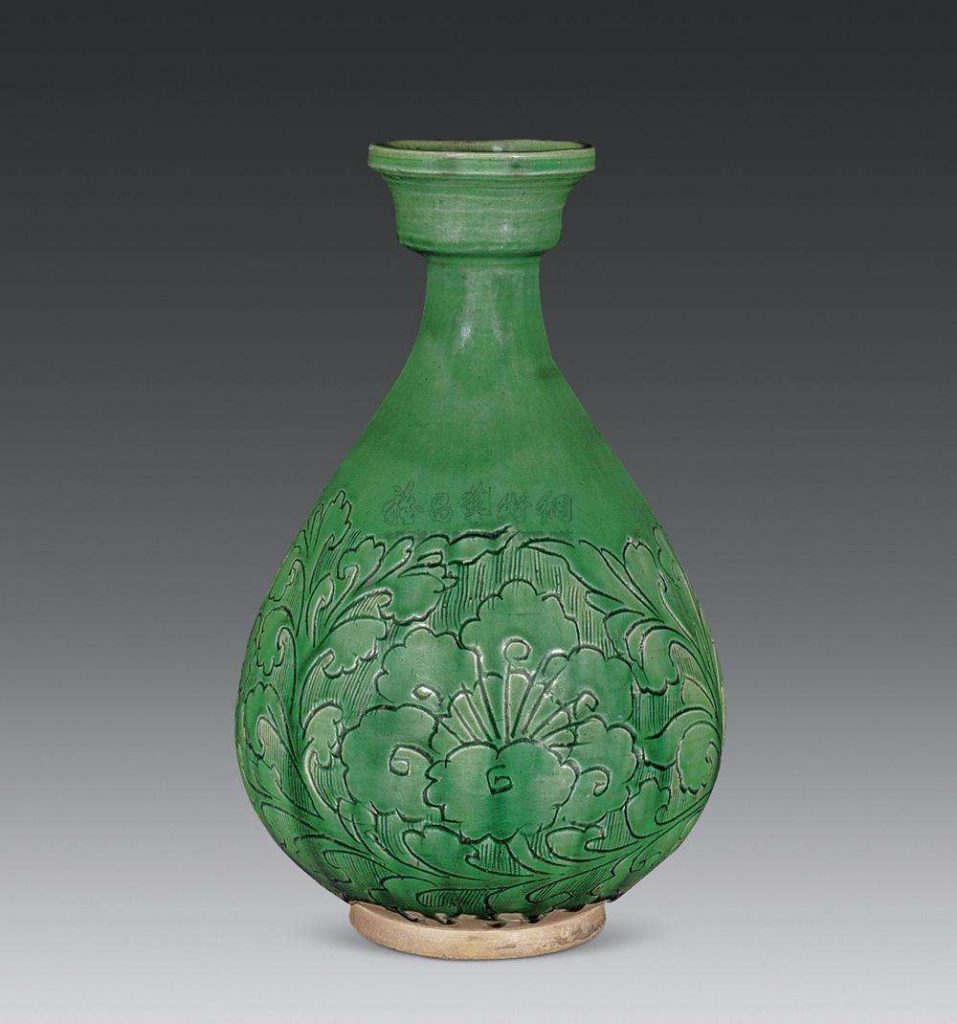
The Ru Kiln in present Linru County of Henan originated a way of adding agate to the glaze. Furthermore, a Ru ware is typically covered with a network of what appear to be tiny cracks all over its body. The cracks (“crazing”) are caused when the glaze cools and contracts faster than the body, thus having to stretch and ultimately to split. As the number of extant Ru pieces is no more than 100, they can be rated as rare treasures or earth.
The Jun Kiln in present Yuxian County of Henan was the second court kiln after the Ruestablished by Emperor Huizong (Zhao Ji by name, reigning from 1100 to 1125). By using copper oxide as a coloring agent, a special glaze was formed in making pottery owing to the unexpected mingling of pigments, which was called flambe (or kiln transmutation). There was a popular proverb saying that “a sherd of Jun ware is worth more than ten thousand strings of cash.”
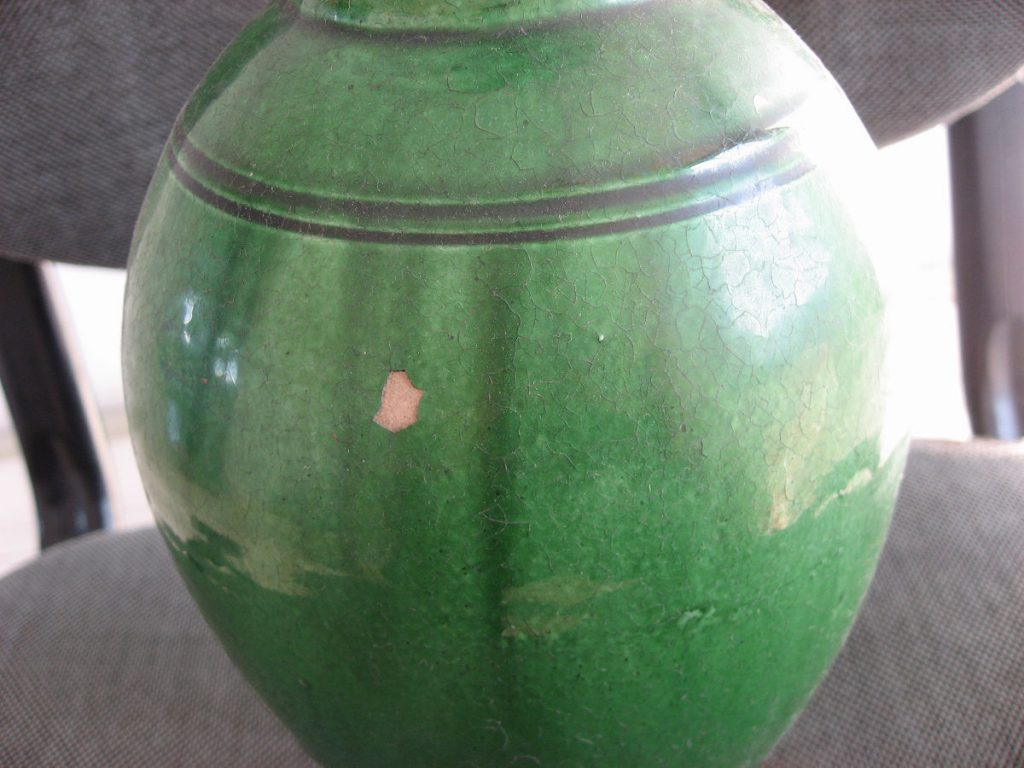
In addition to the court kilns, well-known folk kilns such as the Cizhou and Jingdezhen kilns were spread all over the country as well Located in present Cixian County of Hebei, the Cizhou Kiln was famous for its white and black glazed porcelain. It also originated a way of painting colors on the glaze layer. The white glazed porcelain pillow decorated with black floral designs was a branded product of the kiln.
The Jingdezhen Kiln in Jiangxi was celebrated for its so-called “shadowy blue porcelain” featuring spotless, delicate roughcast and smooth, lustrous glaze. Its products were on sale in various places south of the Yangtze River, and some best-quality vessels had been selected for imperial use. Enjoying the special favor of nature in porcelain making resources (for instance, this region is rich in kaolin), Jingdezhen rose to prominence rapidly, and developed into a main production hub for imperial porcelain in later dynasties.
Porcelain objects made in northern China controlled by the Liao (916-1125) and Kin 15-1234)- two regimes established by the nomadic Khitan and Jurchen people separately-feature distinct regional flavor and unique ethnic style. The Liao vessels, for instance, are shaped in an exotic way and are mostly coated with a layer of white, yellow or green glaze, while showing traces of the Ding and Cizhou wares as far as firing tech peakin technique is concerned. Generally speaking, pieces made by the Liao court kilns are superior to those by folk kilns.
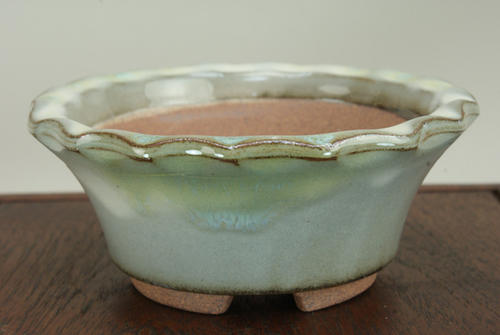
Vase Song Dynasty(960-1279) 13.8 cm in height, 2.5 cm in mouth diameter, 4.5 cm in bottom diameter Of the five Song Dynasty court kilns the Ru, Guan and Ge kilns were all celebrated for their crackle-ware. This vase with a slender neck and a bulging belly is a product of the Ge Kiln. Typically, Ge ware is coated with a layer of glaze almost as thick as the body, and its crackle pattern is exaggerated often standing out in bold black Double-eared Censer Song Dynasty 8.3 cm in height, 11.9 cm in mouth diameter 9.5 cm in bottom diameter.
In imitation of the bronze gui (round-mouthed food vessel with two handles) of the Western Zhou, this censer made by the Ge Kiln an implement for Buddhist service has an air of great antiquity. Tiny cracks spread all over the thick layer of cream-colored glaze.
Vase with String Pattern Song Dynasty 33.6 cm in height, 9.9 cm in mouth diameter, 14.2 cm in bottom diameter Decorated with simple string pattern,this vase a product of the Guan Kiln -is of classic elegance. Sparse crackles extend over the layer of reddish black glaze.
Tray Northern Song (960-1127) 3.3 cm in height, 13 cm in mouth diameter 8.9 cm in bottom diameter This porcelain tray (for washing writing brushes) without any decorative pattern is a product of the Ru Kiln. By adding agate to the glaze, quietly elegant color of reddish black is obtained, which is a characteristic of Ru ware. As the kiln was in production for only 20-odd years, very few Ru pieces have been handed down to this very day.
White Glazed Porcelain Basin Liao Dynasty (916-1125) 8 cm in height, 31 cm in mouth diameter, 18.3 cm in bottom diameter This basin features porous brown roughcast and opaque white glaze. Fish and algae are first engraved, and then painted green on the inner wall. Though primitive and crude in form, it has very high artistic value and shows a distinct ethnic style of the Khitan people.
White Glazed Porcelain Canteen Liao Dynasty 23.5 cm in height, 4. 5 cm in mouth diameter, 9.5 cm in bottom diameter.
In imitation of a leather watering can, this porcelain canteen with both the spout and the handle on the top was a common utensil of the nomadic Khitan people. There is an inscription of “guan” (“official”) carved on the bottom (not covered by glaze)of some objects of this kind, indicating that they were for the use of the Khitan royalty and nobility.
Tripod with Animal Pattern Song-Kin Period 20.3 cm in belly diameter
The Yaozhou Kiln (in present Tongchuan City of Shaanxi) noted for black, white and blue glazed porcelain began ceramics production from the Tang Dynasty, and had its heyday in the final period of the Northern Song Dynasty. This regularly shaped censer– implement for Buddhist service– is coated with layer of jade green glaze both inside and outside.
Made of fine workmanship, it and can be rated as a top-notch work of Yaozhou.
Green Glazed Porcelain Canteen
Liao Dynasty
34.7 cm in height, 3.3 cm in mouth diameter, 11 cm in bottom diameter
With a comb-shaped handle on the top, leather strap-like decorations carved in low relief on the body, and tiny cracks spreading over the layer of glossy green glaze, this object reveals a kind of crude primeval beauty.
Double-eared Jar
Song-Kin Period
20 cm in height, 20.6 cm in belly diameter
Coated with a thick layer of opaque brownish-black glaze both inside and outside, this object is in the style of the northern Cizhou Kiln during the Song-Kin period. Thin stripes are carved in low relief all over its body. The unevenly distributed glaze exposes whit yellowish-white roughcast in some places, forming a striking visual contrast and thus obtaining an unexpected decorative effect.
Black Glazed Porcelain Jar with Flower-and-bird Pattern Song-Kin Period
35.5 cm in height, 31.5 cm in belly diameter This singularly shaped object is a rare piece of overglaze color porcelain fired by the gula northern Cizhou Kiln in its early stage. Painted with brown ironbearir- pigment in bold and unrestrained style, it can be rated as a first-class folk kiln product.
Bluish-white Glazed Porcelain Bowl Kin Dynasty (1115-1234) 6.8 cm in height, 17.9 cm in mouth diameter, 6.4 cm in bottom diameter.
This object is fired in the style of the Yaozhou Kiln, a well-known folk kiln in northern China during the Song-Yuan period noted for blue glazed porcelain decorated wit engraved floral designs. Yaozhou wares feature grayish-white, fine roughcast and bluish-white, glossy glaze. The unique glaze color first appeared in the late Northern Song, and became popular in the Kin Dynasty.
Blue Glazed Porcelain Vase Kin Dynasty
29.2 cm in height, 4.7 cm in mouth diameter, 7 cm in bottom diameter
With tiny cracks spreading over a thick layer of blue and green glaze, this porcelain vase characterized by slender neck and a bulging belly is an article of fine quality.
Green Glazed Porcelain PotKin Dynasty
28.3 cm in height, 3. 1 cm in mouth diameter, 9.8 cm in bottom diameter
This gourd-shaped object, coated with a thick layer of jade green glaze, bears a happy metaphorical meaning as the word of gourd (“hu-lu”) is homophonic to fu-lu (good fortune and high rank) in Chinese language.
Black Glazed Porcelain Jar Carved with Floral Design
Western Xia (1038-1227)
8 cm in height, 7 cm in mouth diameter 5 cm in bottom diameter
The Western Xia was an ethnic regime established by the ancient Dangxiang people (a aanxi and Tnner Mongolia. The excavation of porcelain kiIn in Lingwu City of Ningxia in 1984 unveiled the mystery of the dynasty’s ceramics making, which was little known before.
Typically, Western Xia wares are coated with a layer of black or brown glaze, and feature porous light-yellow roughcast. Some types of utensils like the flat bottle show distinct ethnic flavor.
Flambe Wine Vessel
Song Dynasty
24 cm in height, 19.5 cm in mouth diameter
Modeled on the bronze sacrificial vessel of the Shang and Zhou dynasties, objects of
this kind (often produced in batches) characterized by iridescent glaze owing to the
unexpected mingling of pigments were a speciality of the Jun Kiln.
Flambe Flowerpot
Song Dynasty
23.3 cm in height, 23. 6 cm in mouth diameter, 76 cm in belly diameter, 13.8 cm in bottom diameter
The invention of the flambe technique by the Jun KiIn in the Song Dynasty by using glazes (such as blue, black or white glaze) in porcelain making, and technically laid a foundation for the successful production of the bright red glaze by Jingdezhen in the Ming and Qing dynasties.
Flambe Jardiniere
Song Dynasty
6.9 cm in height
An inscription of “nine” is carved on the bottom of this crabapple flower-shaped vessel, which was a common practice of the Jun Kiln. Actually, the number from one to tenlemi marked the size of an object from the maximum to the minimum.
White Glazed Porcelain Pot
Song Dynasty
27 cm in height, 3.3 cm in mouth diameter
In the shape of a boy chanting the scripture with his eyes closed, this porcelain pot of the Ding Kiln with the scroll as its spout and the lip for pouring on the top of the boy ‘s’ head– is piece of consummate craftsmanshi, and shows great originality.
White Glazed Porcelain Tray
Song Dynasty
2.2 cm in height, 22.4 cm in mouth diameter 16.5 cm in bottom diameter
Carved with grass pattern in soft and graceful lines, this porcelain tray for washing writing brushes can be rated as representat work of the Ding Kiln.
White Glazed Porcelain Pot
Song Dynasty
15.3 cm in height, 1.7 cm in mouth diameter 5.4 cm in bottom diameter
This Ding Kiln vessel features a handle in the shape of a leafy vine. Objects of this kind were very popular in the northern region during the Song-Liao period, and some have been unearthed in recent years from Liao and Kin Dynasty tombs in northeast China and Inner Mongolia.
White Porcelain Pillow
Song Dynasty
30 cm in length, 11.8 cm in width, 18.3 cm in height
In the shape of a cute boy, this object of the Ding Kiln is not only beautiful, but also practical.
Green Glazed Porcelain Vase
Song Dynasty
19.9 cm in height, 6. 9 cm in mouth diameter 7.8 cm in bottom diameter
Not many Yaozhou Kiln pieces have been handed down to the present day. This porcelain vase– decorated with engraved floral designs all over its body– is of magnificent appearance and excellent qualit
Green Glazed Porcelain Bowl
Song Dynasty
7.4 cm in height, 17.8 cm in mouth diameter, 4.9 cm in bottom diameter
Tiny cracks spread over a layer of greenish-yellow glaze that covers this Yaozhou Kiln object from both inside and outside. On the inner bottom is carved the pattern of a duck sporting in water. It displays a lot of imagination.
Lidded Bowl
Song Dynasty
11 cm in height, 11 cm in mouth diameter 5 cm in bottom diameter
Coated with thin layer of greenish-yellow glaze, this Yaozhou Kiln piece is shaped in a simple and unsophisticated way.
Giant Prunus Vase
Song Dynasty
46.8 cm in height, 4 cm in mouth diameter, 10.3 cm in bottom diameter
The Cizhou Kiln was a well-known folk kiln in northern China in the Song-Kin per
production of Jingdezhen in the Yuan and Ming dynasties. This beautifully shaped prunus
vase
a kind of celadon vase popular in the Song Dynasty is decorated with floral
ferns
patterns painted in a bold and romantic style.
White Porcelain Pillow
Song Dynasty
28.5 cm in length, 19.5 cm in width, 11 cm in height
Made in the style of the Cizhou Kiln, this porcelain pillow in the shape of a ru-yi (shaped wand or scepter symbolizing good fortune) is painted with a design of black flowers on it. The white and black glazes form a sharp contrast and there is something unique about the shape and decorative pattern of the object.
Prunus Vase
Song Dynasty
34.5 cm in height
Carved with a pattern of white peony flowers on it, this Cizhou piece shows luxurious and elegant style.
Lidded Pot
Southern Song (1127-1279)
25 cm in height
Coated with a thick layer of opaque blue glaze, this porcelain pot of the Longquan Kiln (in present Longquan City of Zhejiang) with a sculpted tiger and human figures on the shoulder -was a funeral object popular in the Southern Song Dynasty. It was often used in pairs with a pot decorated with a statuette of a coiling dragon.
Double-eared Vase
Southern Song
31.1 cm in height, 4. 9 cm in mouth diameter 10.6 cm in bottom diameter
According to legend, in the Southern Song Dynasty there were two brothers both firing porcelain in Longquan. What the elder made were called Ge (literally meaning “elder brother”) ware, while the younger’s products were known as Longquan ware in later ages.
This Longquan piece coated with blue glaze, though without any decorative patterns,inspires a unique aesthetic feeling.
Blue Glazed Porcelain Bowl
Song Dynasty
10.5 cm in height, 22 cm in mouth diameter, 6.2 cm in bottom diameter
Coated with thick layer of opaque blue glaze, this Longquan piece is decorated with the Buddhist pattern of lotus flowers on its outer wall.
Statuette of Avalokitesvara
Song Dynasty
29.5 cm in height
Carved out of unglazed white pottery stone, this statuette of sitting Avalokitesvara (Guanyin or the Goddess of Mercy)with a benign countenance, made at Jingdezhen, is an art treasure of superb workmanship.



